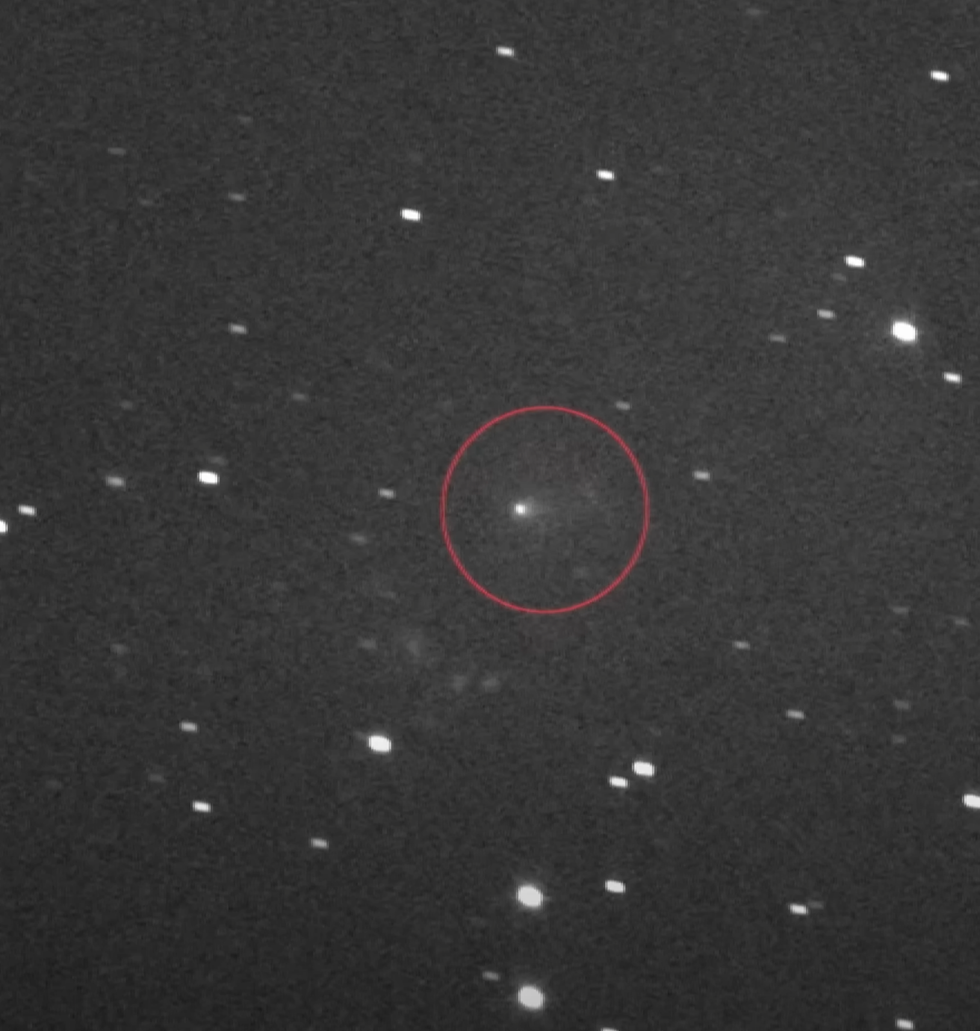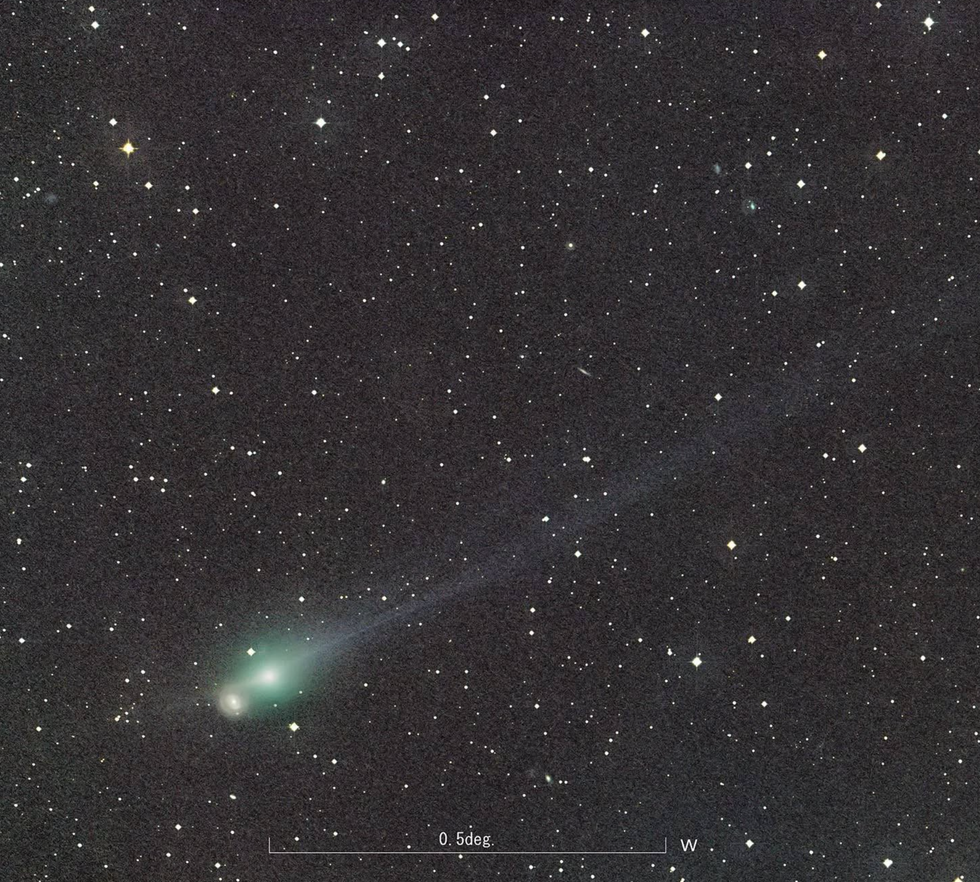Earth's planetary defences will target mysterious interstellar object heading towards us

Some enthusiasts think the comet could be extraterrestrial
Don't Miss
Most Read
Latest
Earth's planetary defences are beginning a two-month observation campaign today to track interstellar comet 3I/ATLAS that is heading towards our planet.
The UN-backed International Asteroid Warning Network (IAWN) is using the comet as a training exercise to sharpen their skills at monitoring space objects that could threaten Earth in the future.
The campaign runs from today through to late January, giving scientists plenty of time to test their tracking capabilities on this rare interstellar visitor, that poses no danger to the planet.
This marks the eighth training exercise the IAWN has conducted since 2017, with these practice runs happening roughly once a year.
Comets are particularly tricky to track because their fuzzy appearance and long tails make it hard to work out exactly how bright they are - and that affects predictions about where they're heading.
The IAWN points out that these glowing "atmospheres" around comets create real challenges for astronomers trying to measure their speed and movement across the sky.
Getting accurate measurements matters because knowing an object's pathway lets scientists work out how close it might come to Earth.

Earth's planetary defences are beginning a two-month observation campaign today to track interstellar comet 3I/ATLAS, even though the cosmic visitor poses absolutely no danger to the planet
|NASA
Nasa has also now put to rest any speculation that 3I/ATLAS might be an alien spacecraft.
"We want very much to find signs of life in the universe... but 3I/ATLAS is a comet," senior Nasa official, Amit Kshatriya, announced at a recent press conference.
Harvard professor, Avi Loeb, has shared amateur telescope images of the interstellar object, captured between November 22 and November 24, and is hoping to find proof of an extraterrestrial being.
LATEST DEVELOPMENTS

Mitsunori Tsumara caught one of the clearest shots of the 3I/ATLAS on November 22
|FACEBOOK//MITSUNORI TSUMARA
The photos reveal a glowing, fuzzy "head" called a coma, along with a tail that stretches over 600,000 miles and pointing toward the sun instead of away from it like a typical comet.
The comet has fascinated both scientists and the public since its discovery in July, even prompting Kim Kardashian to ask Nasa for answers.
While many researchers maintained it was simply an interstellar comet, others - including a US Congress member and a Harvard professor - suggested it could be extraterrestrial.
Nasa's Mars spacecraft captured images of the object last week from 18 million miles away, finally confirming its identity as a comet.
The third known interstellar object to visit our solar system, 3I/ATLAS was first spotted in July and will pass closest to Earth at about 1.8 times the distance between our planet and the Sun - close enough for small telescopes to observe but far enough to pose no risk.
The IAWN had been planning this autumn comet campaign since 2024, recognising that comets present special challenges for measurement compared to asteroid tracking.
Amateur astronomers and citizen scientists were invited to join the effort, with registration closing on November 7 and a workshop held on November 10 before observations began.
Experts have even suggested that the interstellar object could have a close "encounter" with Jupiter, with fears that it could hit the planet, which would be "course-altering" for the widely talked-about comet - though this looks unlikely.
Our Standards: The GB News Editorial Charter











